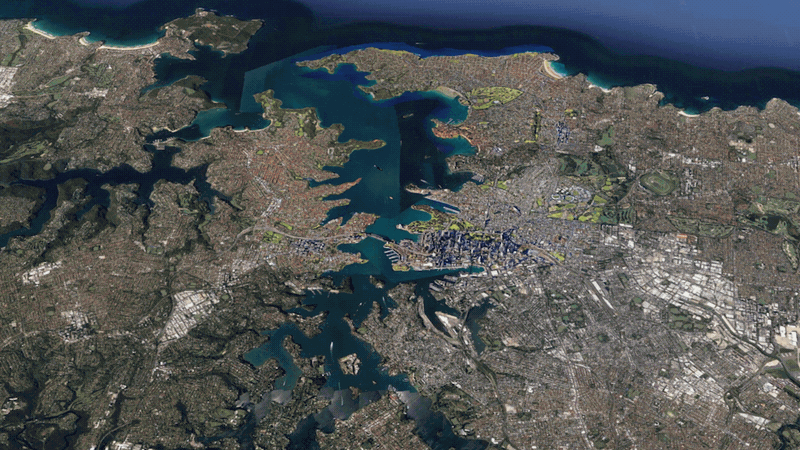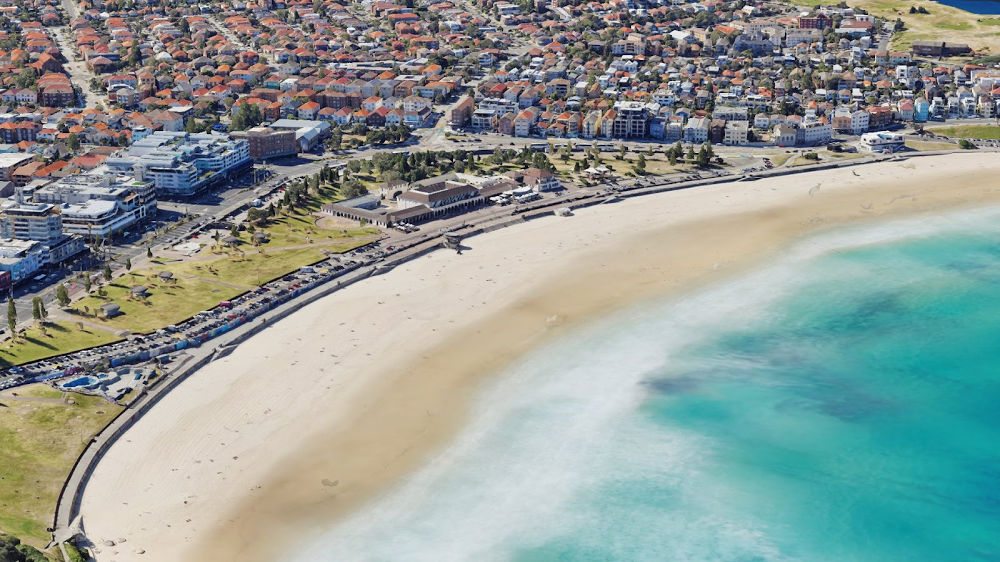The news industry has a serious challenge ahead: building a successful, sustainable business model for high quality journalism in the digital age. Looking at ways to help this industry-wide transition to digital, last year we launched the Google News Initiative, along with a $300 million commitment to help journalism thrive.
Google has also supported 662 European news organizationswith funds to support innovative ideas in the last three years. Those projects addressed some of the industry’s most pressing issues—everything from new business models to new methods of fact-checking. Building on this experience, we’re announcing a new program: the GNI Innovation Challenges.
$30 million, two years, five regions of the world
To kickstart innovation globally, we will allocate $30 million over the next two years to launch up to five regional editions of the Challenges program, covering the North America, Middle East and Africa, Europe, Latin America, and Asia Pacific regions. Publishers in different parts of the world have told us about issues specific to their regions, and suggested the need for diverse approaches. This is why each Challenge will be designed around a theme that meets their local requirements.
The Innovation Challenges will be open to organizations of every size that look to produce original journalism. These projects should aim to enlighten citizens with trustworthy content and focus on encouraging a more sustainable news ecosystem. The full details about eligibility, as well as the theme, will be published on our website when each regional challenge opens up its application process. For the recently concluded Innovation Challenge in Asia Pacific, the key focus was on reader revenue.
As you’d expect from such a diverse region, we saw a lot of excitement for the Challenge, resulting in 215 applications from 18 countries covering a broad range of news organizations. The applications went through a rigorous assessment process, which concluded with a jury panel made up of a mix of Google executives and external experts from the Asia-Pacific news industry.
In the end, 23 projects from 14 countries were selected for funding, including CommonWealth Magazine, a Taiwanese news magazine, which will be working on an improved paywall to increase subscriptions. Other projects include an experiment by Asahi Shimbun, a Japanese newspaper, to allow readers to give a “tip” to valuable stories to encourage engagement by potential subscribers, and The Record, Nepal’s first membership-supported news site. You can read full details of the winners on our website.
Next, we will be opening applications for projects that help support local news in Europe and North America. We will soon announce the main topic for the Challenges in Latin America, the Middle East and Africa.
Sharing what we’ve learned from the Challenges
We believe this regional approach will allow us to be responsive to individual regions’ needs. And in that spirit, we plan to adapt the program as we learn from the various GNI Challenges globally and hope they will play a meaningful role in working towards a globally sustainable and regionally relevant news environment.
To find out more and apply, check our website for more details.



